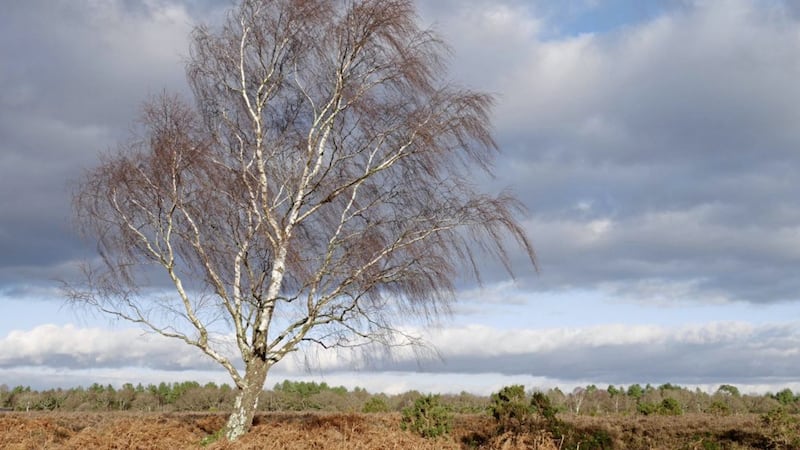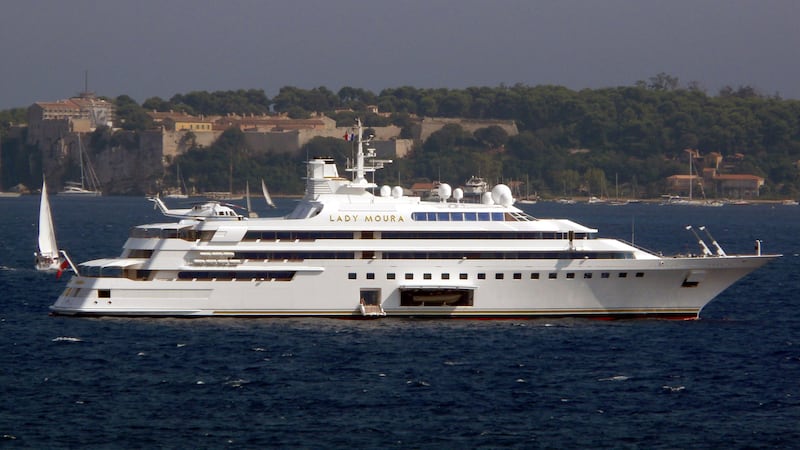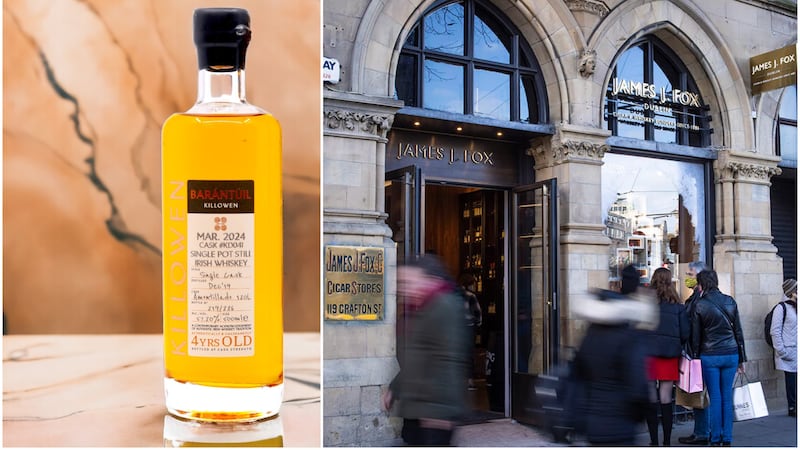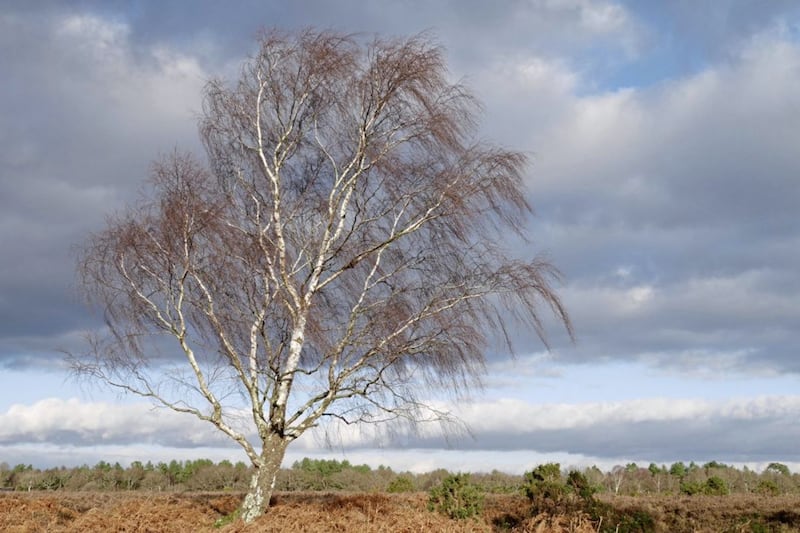THE elegant silver birch tree in my back garden helps define the changing seasons. Nut and seed-filled feeders currently hang from its leafless pendulous boughs, providing sustenance for wild birds now that winter is here. It will remain resting, dormant until the increasing light and rising temperatures of spring bring a flush of growth to its roots and renewed interest from blue-tits to the nest box on its silver trunk.
Planted 25 winters ago, as a sapling taken from a nearby peat bog, it has been ever present, maturing steadily on its small patch, a haven for much wildlife, insects, birds and even the occasional mouse.
The birch tree, described by English poet Samuel Taylor Coleridge as the “…most beautiful of forest trees, the Lady of the Woods”. (The Picture or The Lover’s Resolution 1802) is a native to many European countries and parts of Asia. The name birch is thought to have come from the Sanskrit (ancient language of Hinduism) word bhurga meaning the ‘tree whose bark was used for writing on’ as birch bark can be used for this purpose. Another possible derivation is from the Anglo-Saxon word beorgan which means ‘to protect or shelter’, something for which birch has also traditionally been used.
After the huge glaciers of the last ice age retreated and released their grip on Ireland, Betula pendula was one of the first trees to recolonise our scoured landscape. Termed by botanists as a ‘pioneer species’, its wind-blown seeds quickly dispersed to newly exposed areas forming woodlands along with hazel and mountain ash.
With the passage of time, it came to symbolise renewal and purification in early Celtic mythology. Its Irish Beith gheal (bright /white birch) originates from Beithe, the old Irish name of the first letter of the Ogham alphabet, or Celtic tree alphabet, meaning "birch".
The tree was popular during the festival celebrations of Samhain or Halloween, when birch sprigs were used to drive out the spirits of the old year in preparation for the incoming Celtic new year. Broomsticks or besom brooms were made to banish evil spirits and even today the broom is used to clean and purify.
‘Birching’ is used as a synonym for beating and in the past, birching was applied to criminals and delinquents. Cradles made from birch were certain to protect newborn babies from malicious spirits and in Scottish Highland folklore, pregnant cows herded with a birch would bear healthy calves.
A symbol of regeneration and hope, the Druids were believed to have used sap from the birch tree to make celebratory spiritual drinks at the spring equinox. On Bealtaine, May Day, the start of the Celtic summer, the birch was first choice as the tree to make the Maypole, which was decorated, danced around and later burned at the bealtaine fire.
As one of the first trees to come into leaf in spring, ‘the graceful birch’, as Wordsworth described it, would have been an obvious choice for our ancestors to use as a representation of the emergence of spring.
I recently came across statistics from a fact file on trees (An Múinteoir) which stated that the silver birch has 229 dependent insects while the comparable figures for horse chestnut and sycamore are four and 15 respectively. So, my silver birch is a valuable tree, one I continue to enjoy in all its seasonal forms.
I hope too, that just as it kept good company with beech and oak in The Cuckoo Wood, a poem by Edmund Sargant, it will also remain as he says, "Here to dwell in company’’ for some time to come.



